Explore the latest trends and tools for using technology effectively in the classroom

The education space has changed significantly over the past five years, with technology integration into classrooms revolutionizing how we teach and learn.
The EdTech market is expected to surpass $680 million by 2027, with virtual reality, adaptive learning technologies, and other innovative trends providing educators with the tools they need to create personalized, stimulating, and impactful learning experiences for their students.
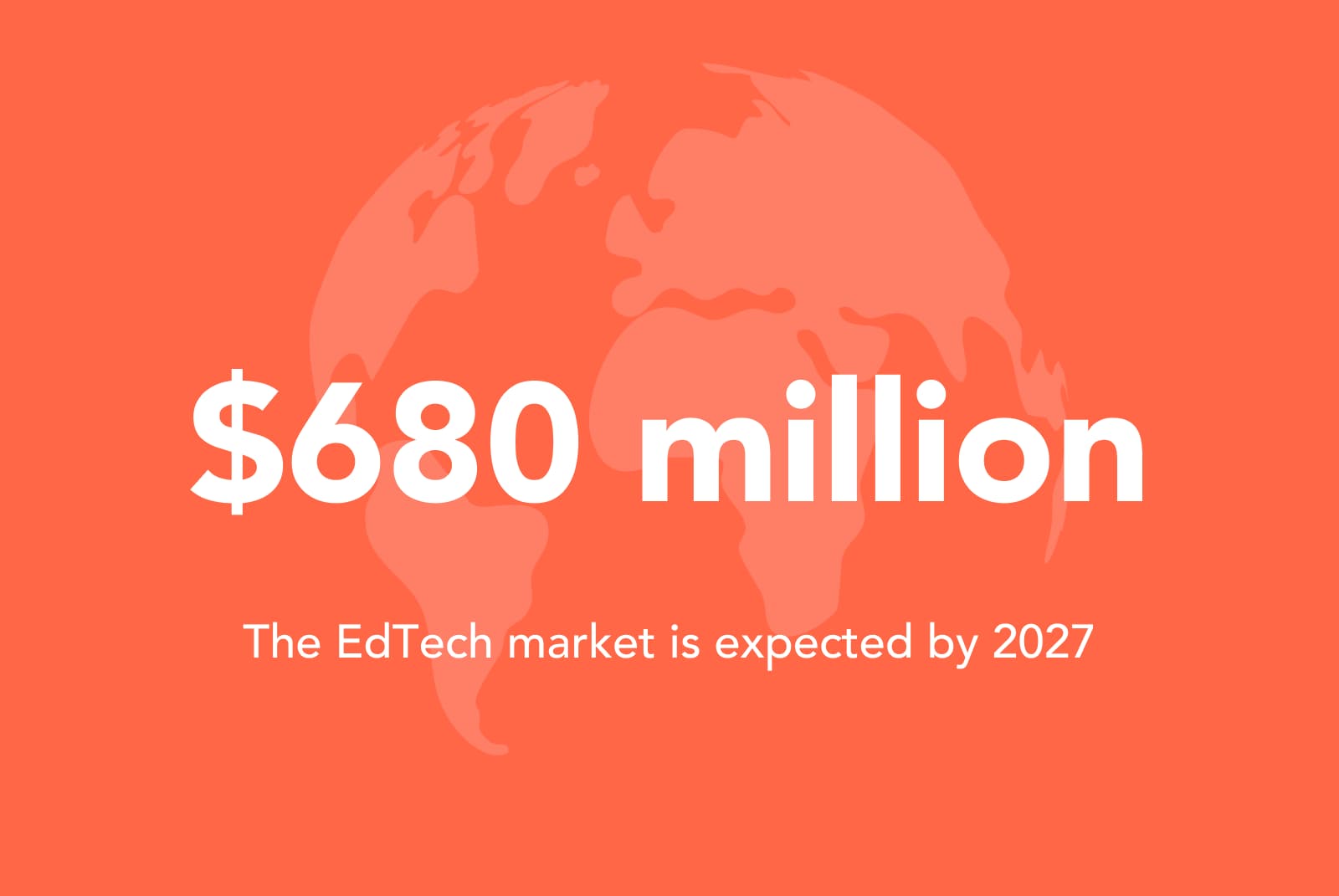
In this expert interview, Melissa Muir explores the top 5 technological trends gaining ground in the educational industry and practical tips on how teachers can incorporate them into their classrooms.
Melissa is an online teacher, administrator, coach, and the founder of Melissa isTeaching, a platform that helps people get started & thrive as online teachers so they can be more present at home.
Let's get into the interview:
1. Personalized learning
Personalized learning tailors the educational experience to each student's unique needs, abilities, and learning styles. This contrasts with the one-size-fits-all approach of traditional learning, which often fails to cater to the diverse needs of students. Personalized learning allows students to learn at their own pace, ensuring they receive the appropriate level of support and challenge.
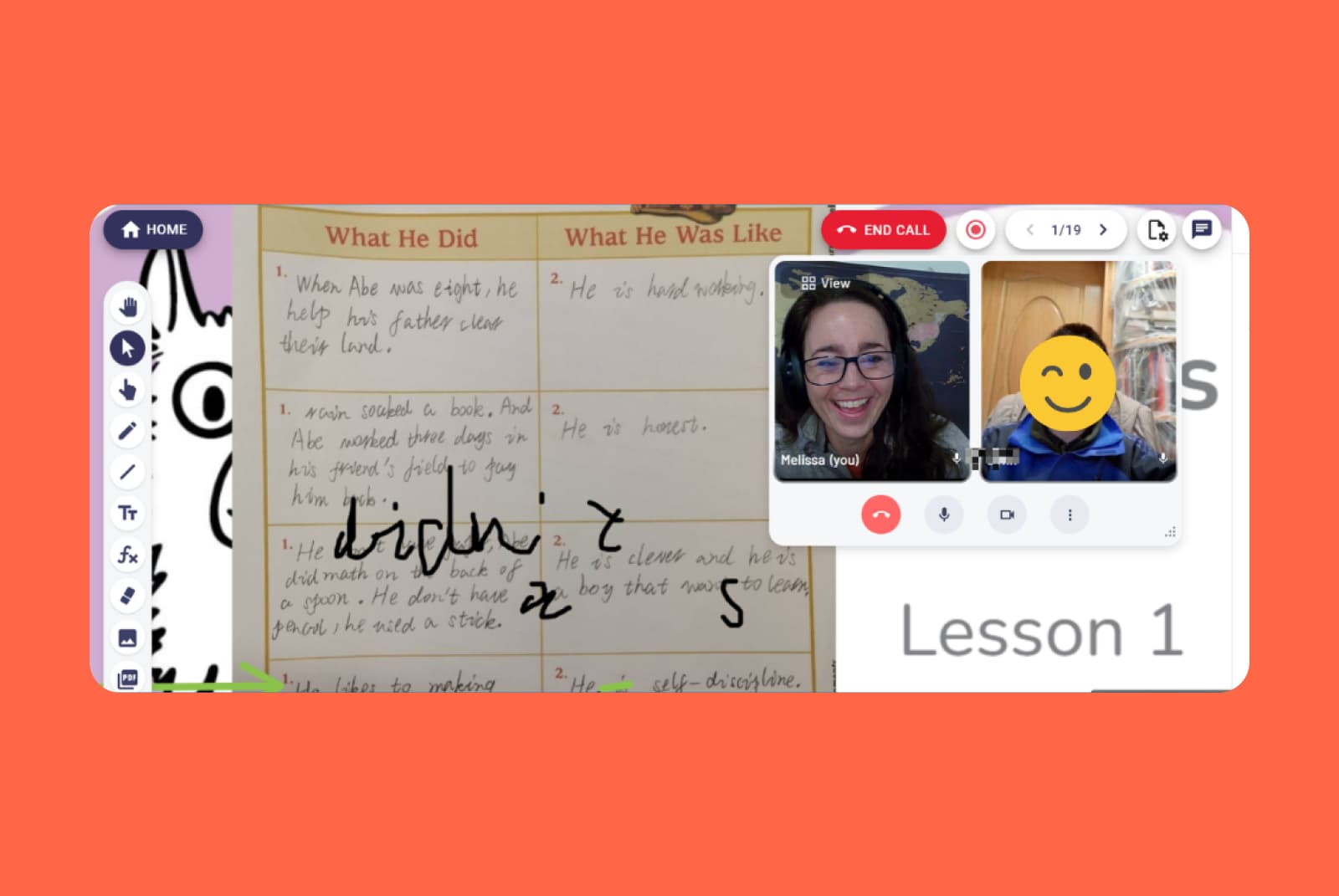
Studies have demonstrated that personalized learning can lead to better academic outcomes than traditional learning methods. A 2015 report from Rand.org found that personalized learning improved student outcomes in subjects like math and reading compared to traditional learning methods.
Personalized learning also encourages students to take ownership of their education. This empowers students to set their own goals, track their progress, and develop essential skills like critical thinking, problem-solving, and self-motivation. These skills are valuable not only in the classroom but also in their future careers and personal lives.
Teachers can use personalized learning platforms to assign specific modules or activities based on students' performance and learning styles to address individual gaps in understanding and encourage self-directed learning.
2. Adaptive learning
Adaptive learning is a subset of personalized learning. Basically, it uses algorithms and data to adjust content, pace, and difficulty level based on each student's performance and learning behaviors.
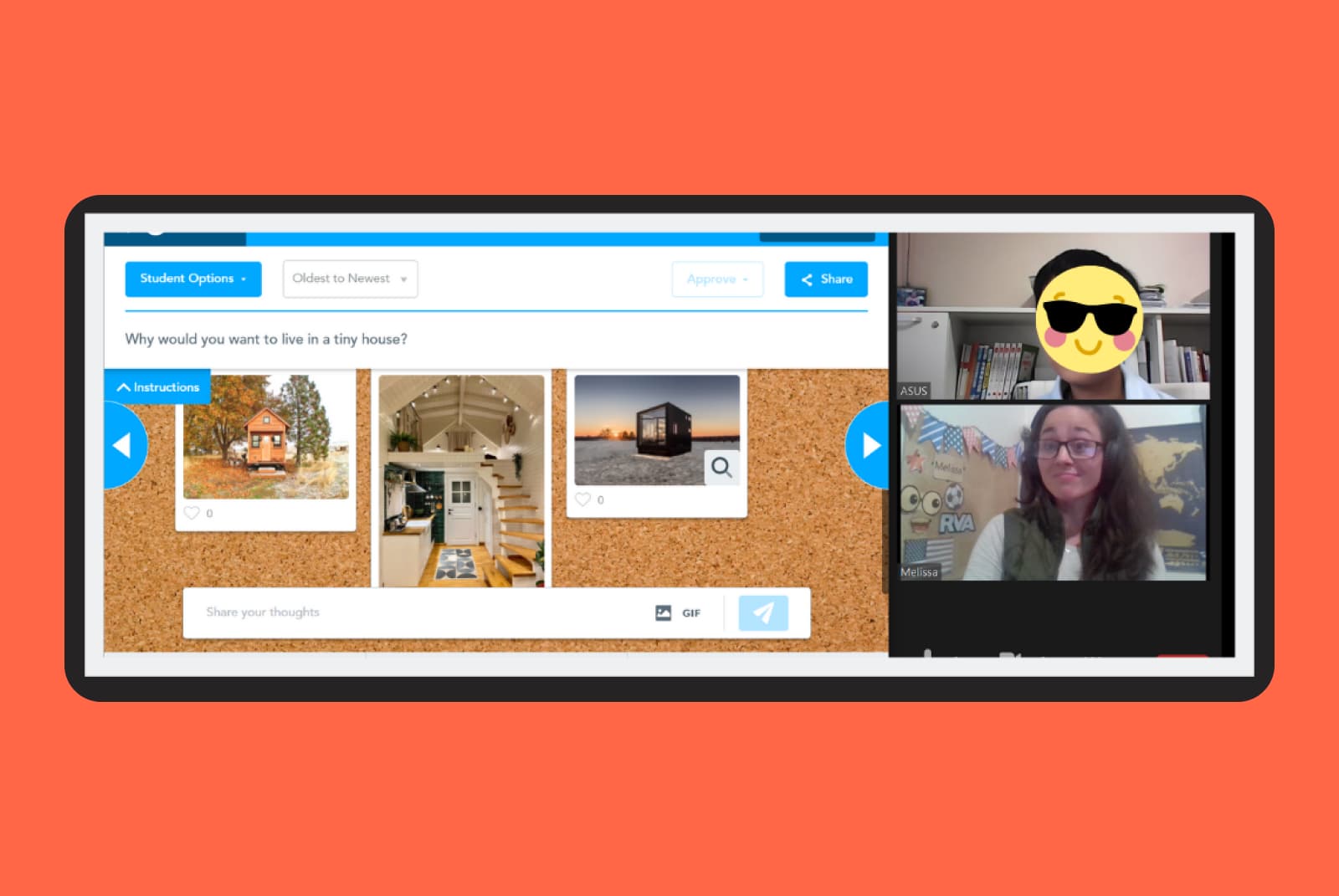
A study by the educationtechnologyjournal.springeropen found that adaptive e-learning can help improve student performance and engagement compared to non-adaptive learning methods.
Adaptive learning transforms learning into a dynamic process that responds to the needs of students in real-time. Key features of adaptive learning include:
Real-time feedback and performance tracking allow students to immediately discuss topics they don't understand and effectively address knowledge gaps.
Automatically adjusting the difficulty level and pace of the content to fit each student's level of understanding. This ensures that students are constantly challenged but never overwhelmed.
Data-driven instruction, in which teachers can change their teaching strategies and provide targeted support based on data collected by adaptive learning systems.
Teachers can incorporate adaptive learning tools into their curriculum to help students get more practice and explanations until they fully understand a subject or topic.
3. Gamification
Gamification has earned its place in technology because it increases student participation, engagement, and competition. It incorporates game elements like points, badges, and leaderboards into educational experiences to increase student motivation and engagement.

A meta-analysis published by Research Gate found that gamification had positive effects on cognitive, behavioral, and motivational learning outcomes.
Gamifying learning makes the learning process more pleasant and encouraging, leading to better retention of information, a deeper understanding of concepts, and the development of vital communication and problem-solving skills. This combination of factors ultimately improves academic performance and student learning outcomes.
Teachers can create quizzes or activities that award points and badges for correct answers or achievements by integrating gamification platforms into the learning process. Integrating this into your teaching motivates students and helps make challenging topics more enjoyable and accessible. Your students will love it!
As a practical example, imagine a history teacher turning a lesson on the American Revolution into a trivia game. Students could form teams, answer questions, and earn points for correct answers. They'd learn about important historical events and develop problem-solving and communication skills as they work together.
4. Online and blended learning
Online and blended learning is really changing the game in education. It's like combining the best of both worlds: digital resources and traditional classroom experiences. Students can watch online lectures whenever it's convenient for them, and then they come to class to work on projects or discuss with their classmates and teachers.
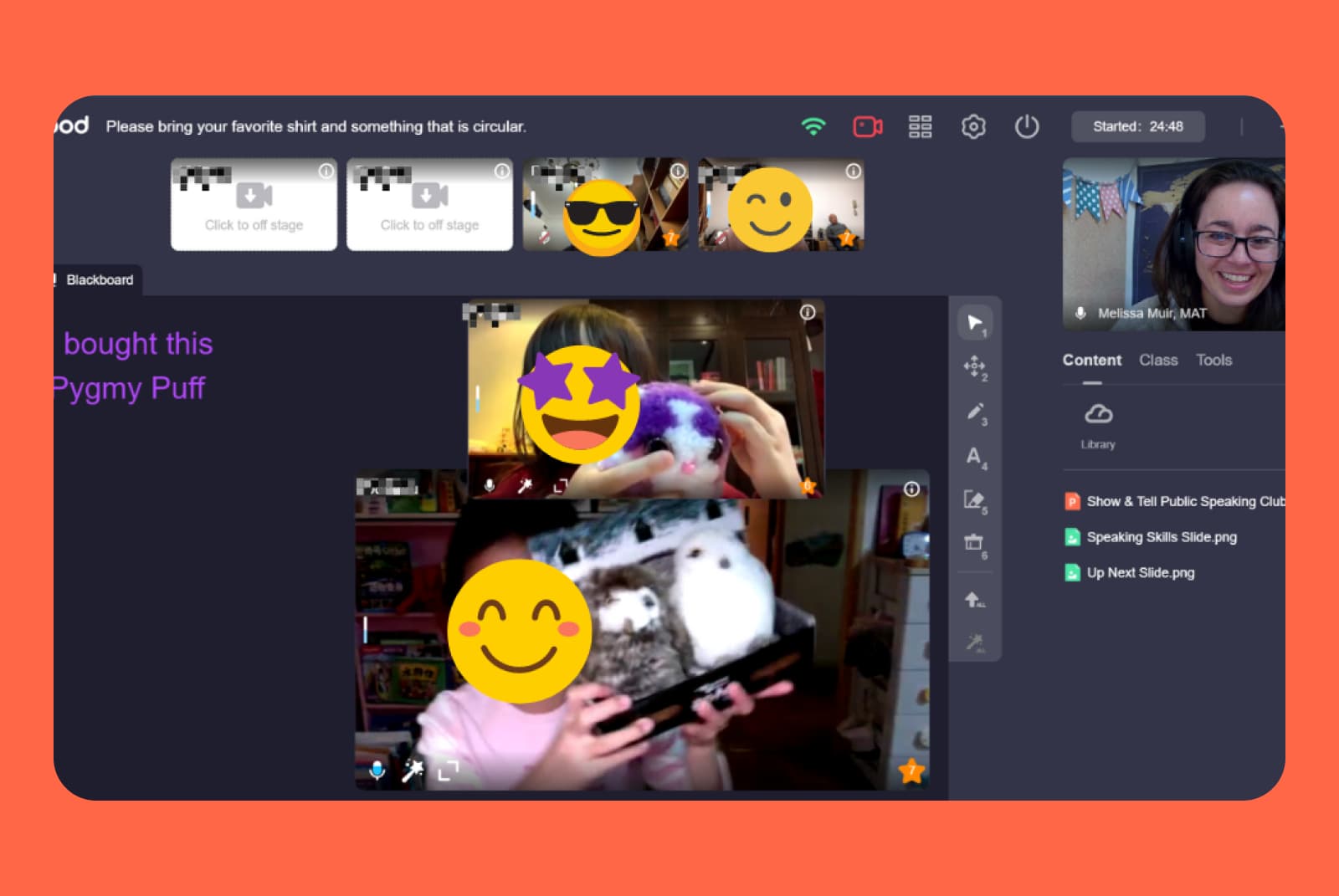
Imagine a student who's really into science. With blended learning, they can watch videos from renowned scientists online and then come to class to share their insights and work on science-related group projects. And if they ever feel stuck, they can always reach out to their teacher during class time for guidance.
The best part is that it's not just about improving grades. Online and blended learning also helps students develop important life skills like critical thinking, problem-solving, and communication. It's like they're getting a head start in preparing for the real world!
Teachers looking to incorporate online and blended learning into their teaching should start with a "flipped classroom" approach. Basically, teachers can assign video lectures or readings for students to complete at home and then use class time for more interactive activities, like discussions, group projects, or hands-on experiments.
For example, let's say the topic is on photosynthesis. The teacher could assign a video lesson explaining the process for students to watch at home, and then during class, have students work in groups to create a visual representation of photosynthesis or even conduct a simple experiment with plants. This way, students are actively engaged in the learning process and can apply the concepts they've learned from the online material in a practical setting, with the teacher available to provide guidance and support as needed.
5. Augmented and virtual reality (AR/VR)
AR/VR technologies totally change how students learn. They create immersive learning experiences, allowing students to explore and interact with digital environments. With AR, digital content gets overlaid in the real world, while VR lets students dive into a completely different environment.
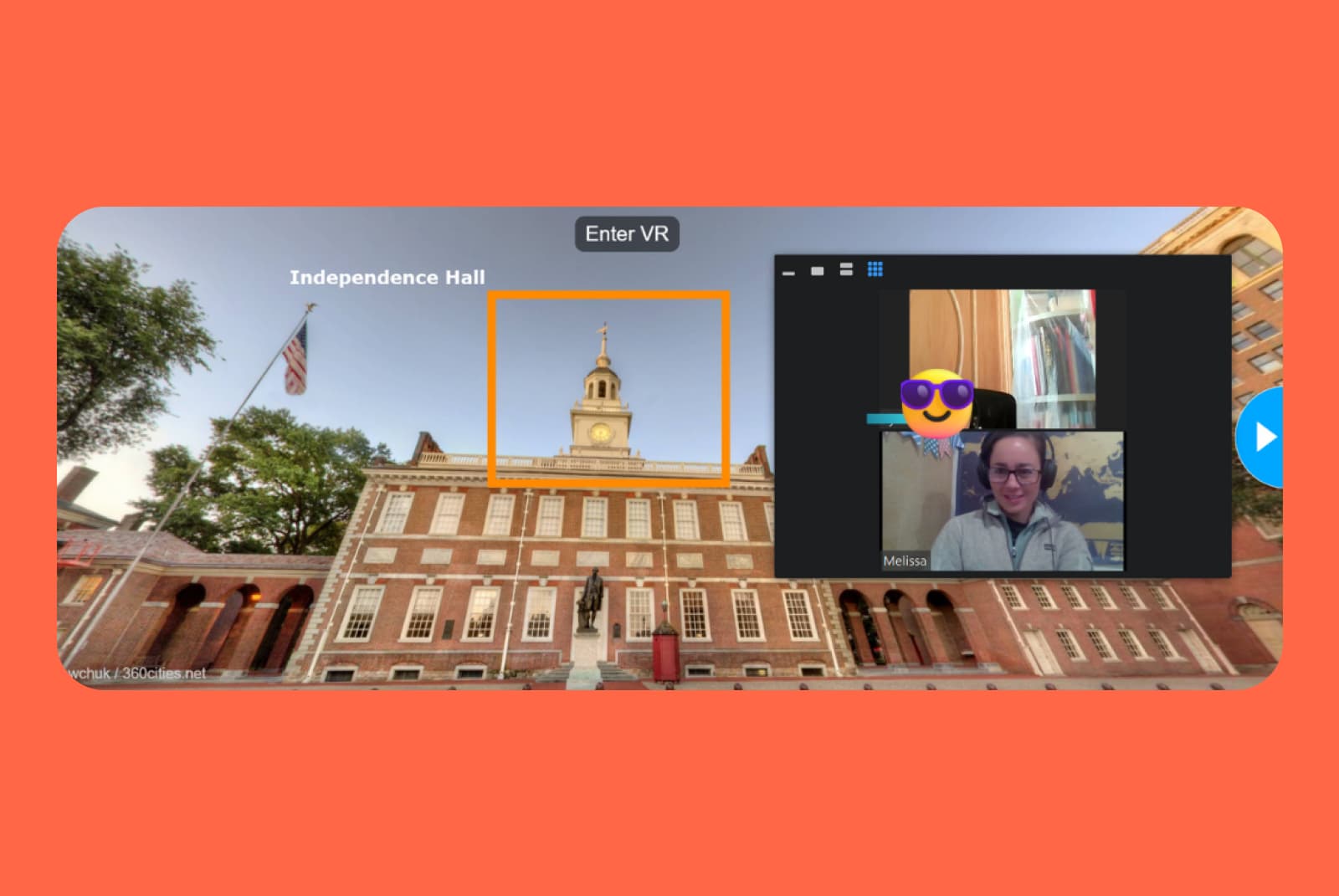
Picture this: a history teacher uses an AR app to bring historical events into the classroom. Students can actually see and interact with 3D models of famous landmarks or artifacts. Or imagine a biology teacher using a VR headset to let students explore the inside of a cell – how cool is that?
Teachers looking to get started with AR and VR can research platforms that offer many resources for virtual field trips and 3D simulations that can bring complex topics to life. Your students will be super impressed, and they'll learn so much more when they're fully immersed in the experience!
These trends are transforming education by making it more personalized, engaging, and accessible, improving student outcomes and experiences.
What advice would you give to teachers trying to incorporate these trends into their classrooms?
The best place to start is what you’re comfortable with. If you want to start by sharing a YouTube video in class or sharing audio to inspire their writing – GO FOR IT!
However, if you’re ready to try some new things, I would look to a tool like Nearpod, which is free and can be a game-changer when it comes to lesson planning due to its stacked library of high-quality pre-made lessons.
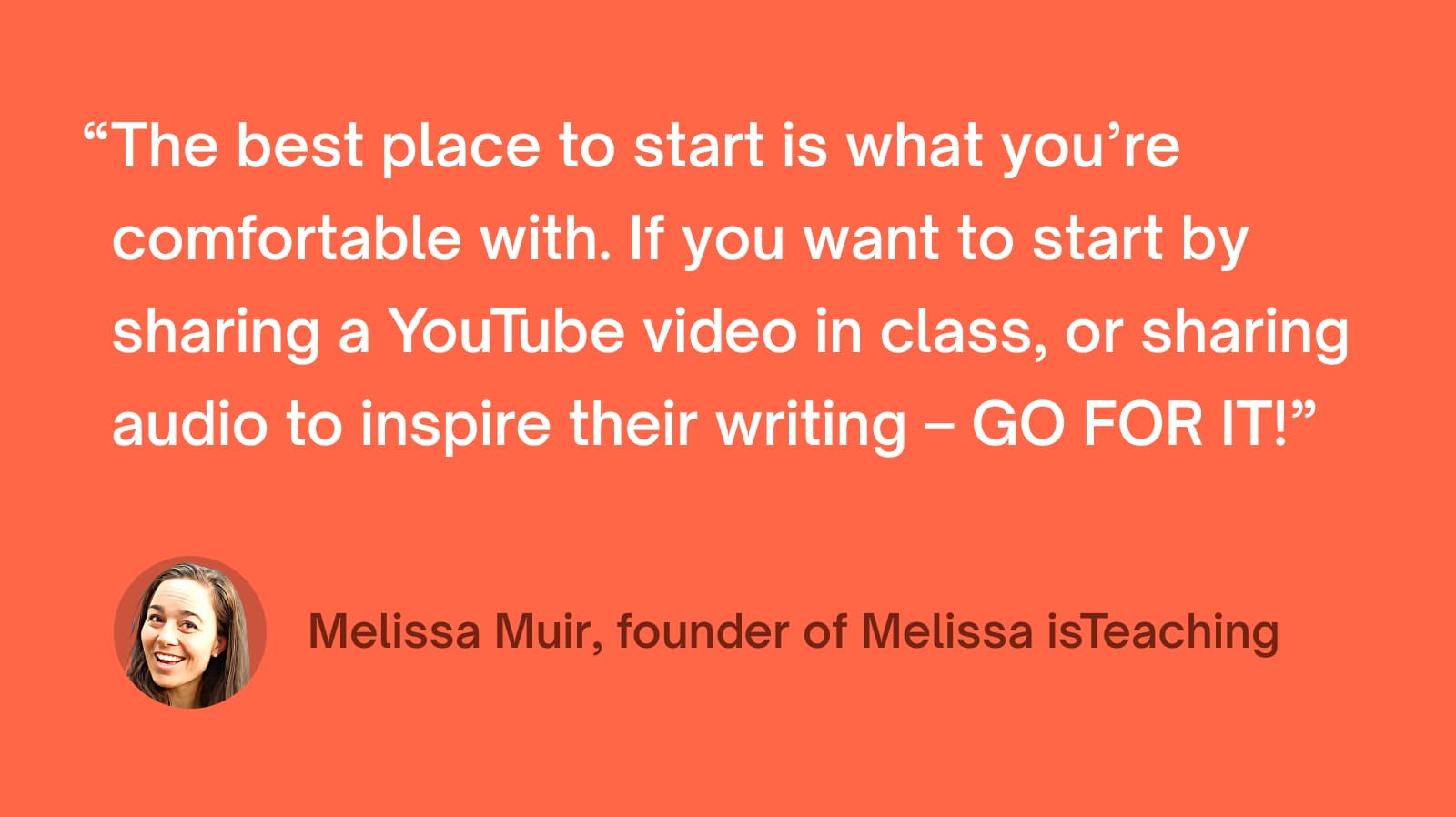
Also, I would start to use templates that you create or purchase from other teachers on sites like Teachers Pay Teachers or Nuggets of Wisdom in order to up your tech game without adding a lot of extra planning time. For example, you can easily make a copy of a game, switch out the lesson content, and you’re set for the next class without worrying about starting from scratch.
Keep in mind tech is nice, but the teacher makes the difference. Don’t let the bells and whistles replace the personal touch you put on your lessons.
Happy teaching!
Thank you, Melissa, for sharing your insights and supporting Workee!
Check out Melissa's website and Youtube for more information on her work, and you can also connect with her on Facebook.


